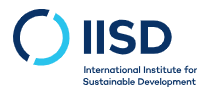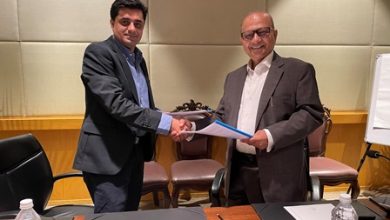IISD recommends localisation of key battery parts in India
IISD recommends localisation of key battery parts to leverage India’s advantages.

News, 22 November 2024
International Institute for Sustainable Development (IISD), India has suggested prioritising local manufacturing of essential battery components—such as synthetic anodes, electrolytes, and cell casings and pouches. IISD also recommended enacting trade and industrial policies to strengthen supply chain for electric vehicle; and having supportive laws.
According to a report by IISD, India has the chance to increase its battery production because the local suppliers are very cost competitive and depends little on foreign technology and intellectual property.
According to IISD, Indian government should provide incentives for the production of cathodes, which are the most valuable parts of a battery cell. The development of several battery types could be aided by India’s technology-agnostic strategy. IISD recommended giving lithium ferro phosphate (LFP) cathodes priority because of their lower cost and compatibility with India’s climate. Using LFP batteries may also lessen dependency on imports of vital minerals like nickel and cobalt.
Encourage R&D
IISD recommended that the Indian government encourage research and development (R&D) and provide incentives for the commercialization of next-generation technologies, such as solid-state and sodium-ion batteries, in order to take advantage of upcoming prospects in the battery sector.
In order to increase the domestic battery businesses’ competitiveness in the global market, the institute also advised India to implement stronger reporting systems and more transparent environmental, social, and governance (ESG) regulations. In order to guarantee the quality of the raw materials, components, and equipment, it also emphasized the significance of more public investment in the establishment of cell fabrication and testing facilities with skilled personnel.
Furthermore, by encouraging the recycling of end-of-life batteries and enhancing the effectiveness of used battery collecting, the government could establish incentives for a circular economy.
Several chances
The battery supply chain in China is currently experiencing severe overcapacity, according to IISD, making it harder for Indian businesses to compete in a crowded market. Nevertheless, India has the ability to significantly improve the global battery supply chain. Prioritizing the localization of vital equipment utilized in cell manufacture should be accomplished through trade agreements and technical cooperation with important allies.
India has a number of advantages thanks to its technological prowess, experience in the chemical industry, favorable trade and geopolitical ties with nations like South Korea, Japan, the US, and the EU, as well as its expanding network of free trade agreements with mineral-rich countries. Through cooperation with free trade agreement partners, India can diversify its equipment supply away from China, but it must take downstream battery firms’ costs into account, the statement stated.
While acknowledging the contribution of India’s Production Linked Incentive (PLI) scheme for Advanced Chemistry Cells (ACC) to the development of the EV battery ecosystem, IISD said that in order for India to compete in the quickly changing automotive supply chain and EV battery technology landscape, it will be essential to have accelerated investments and regulatory support.




